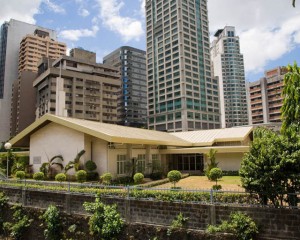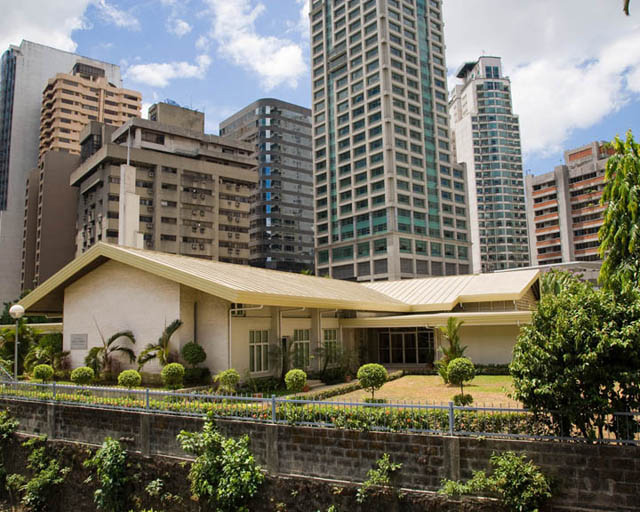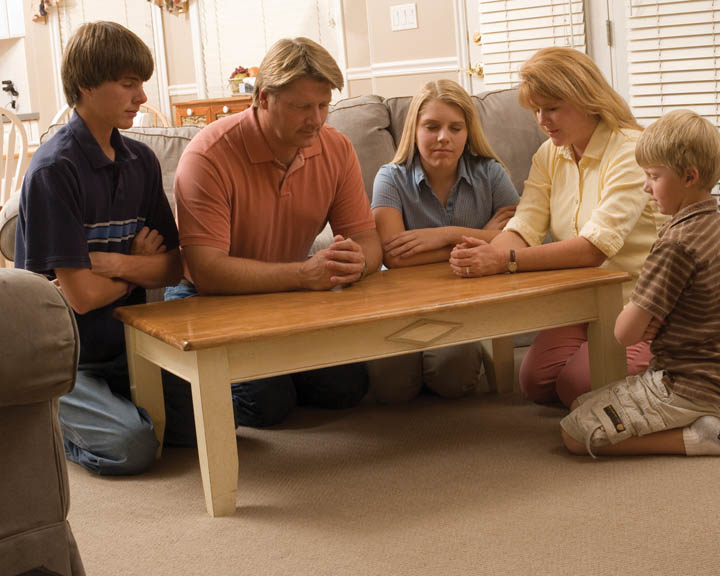On April 27, 2010, The Church of Jesus Christ of Latter-day Saints, whose members are sometimes called Mormons, introduced its first solar-powered chapel, located in Farmington, Utah. “It’s about creating a place of worship that works in harmony with the environment. For decades we have looked for innovative ways to use natural resources in our meetinghouses that reflect our commitment as wise stewards of God’s creations.” Said H. David Burton Presiding Bishop of The Church of Jesus Christ of Latter-day Saints at the press conference. The new building is one of five pilot buildings designed to meet LEED certification standards.
 An article appearing on the official church news website states that the building is part of a pilot program demonstrating the church’s commitment to stewardship and conservation. In 2009, the Church completed a new history library that was LEED certified. LEED certification is very rigorous and begins with an application made in the planning process. “LEED is important now because it has become widely accepted and practiced at a time when the concept of sustainability is starting to be understood by a large portion of the populace. The timing and acceptance of LEED will help form basic practices that can be standardized and applied to all future development. It provides a new framework for thinking about choices that in the broadest sense, impact everyone on the planet,” said Jim Bradburn, who consulted with the Church on this project. (See New Buildings Undergo Extensive Process to Achieve LEED Certification.)
An article appearing on the official church news website states that the building is part of a pilot program demonstrating the church’s commitment to stewardship and conservation. In 2009, the Church completed a new history library that was LEED certified. LEED certification is very rigorous and begins with an application made in the planning process. “LEED is important now because it has become widely accepted and practiced at a time when the concept of sustainability is starting to be understood by a large portion of the populace. The timing and acceptance of LEED will help form basic practices that can be standardized and applied to all future development. It provides a new framework for thinking about choices that in the broadest sense, impact everyone on the planet,” said Jim Bradburn, who consulted with the Church on this project. (See New Buildings Undergo Extensive Process to Achieve LEED Certification.)
The Mormons have a history of working toward and encouraging sustainability. The history of Mormon sustainable buildings begins in the 1950s, when buildings began using overhangs and verandas to reduce heat load on five continents. In the Pacific area, they also collected and used rainwater for many purposes.
Things got a little more technical in 1971, when the Mormons used underground spring wells for heating and cooling in the Church Office Buildings in Salt Lake City, Utah. In the 1980s, they began employing satellite systems to reduce travel to meetings. This cut carbon emissions and is estimated to conserve 100,000 gallons of fuel for each event. In the 1990s, buildings began to have water sensors that shut of sprinkler systems when it was raining and motion sensors to turn lights and fans off when rooms weren’t in use. 1995 saw the addition of low flow toilets. Other innovations have appeared world-wide as new technologies have been invented.
The creation is an important part of Mormon beliefs. In the Old Testament, we learn that God created the earth as a gift to us. Adam, the first man, was instructed to exercise stewardship over the earth, which means to care for it. Mormons are taught to reverence God’s creations because they were a precious and sacred gift, and from the earliest days of the church, church leaders have counseled Mormons to talk responsibility for their planet.
In the Doctrine and Covenants, a book of modern day revelations given to Mormons, we learn:
“16 Verily I say, that inasmuch as ye do this, the fulness of the earth is yours, the beasts of the field and the fowls of the air, and that which climbeth upon the trees and walketh upon the earth;
17 Yea, and the herb, and the good things which come of the earth, whether for food or for raiment, or for houses, or for barns, or for orchards, or for gardens, or for vineyards;
18 Yea, all things which come of the earth, in the season thereof, are made for the benefit and the use of man, both to please the eye and to gladden the heart;
19 Yea, for food and for raiment, for taste and for smell, to strengthen the body and to enliven the soul.
20 And it pleaseth God that he hath given all these things unto man; for unto this end were they made to be used, with judgment, not to excess, neither by extortion.
(See Doctrine and Covenants Section 59.)
Joseph Smith, the first Mormon prophet, instructed a group of men traveling with him not to kill a snake they found, and further taught them they were not to kill any animals except as food. Brigham Young, the second president and best known as the prophet who led the Mormon pioneers to Utah, spoke often of the need for Mormons to grow plants, beautify the earth, and keep the planet clean. In a lecture by Hugh Nibley, Young is quoted as saying, “It is not our privilege to waste the Lord’s substance.” “We may take all we need, because it is the Lord’s, but wo to him who dares to take more—for it is the Lord’s!” (See Brigham Young on the Environment by Hugh W. Nibley,Provo, Utah: Maxwell Institute.)
More recently, Russell M. Nelson, a living apostle of the Lord, said, “As beneficiaries of the divine Creation, what shall we do? We should care for the earth, be wise stewards over it, and preserve it for future generations. And we are to love and care for one another.” (Russell M. Nelson, “The Creation,” Ensign, May 2000, 84)
For Mormons, being wise stewards of the earth is not a political issue, but a spiritual one. It is one of sacred responsibility to care for something made for us and given to us by our Savior.
About Terrie Lynn Bittner
The late Terrie Lynn Bittner—beloved wife, mother, grandmother, and friend—was the author of two homeschooling books and numerous articles, including several that appeared in Latter-day Saint magazines. She became a member of the Church at the age of 17 and began sharing her faith online in 1992.




